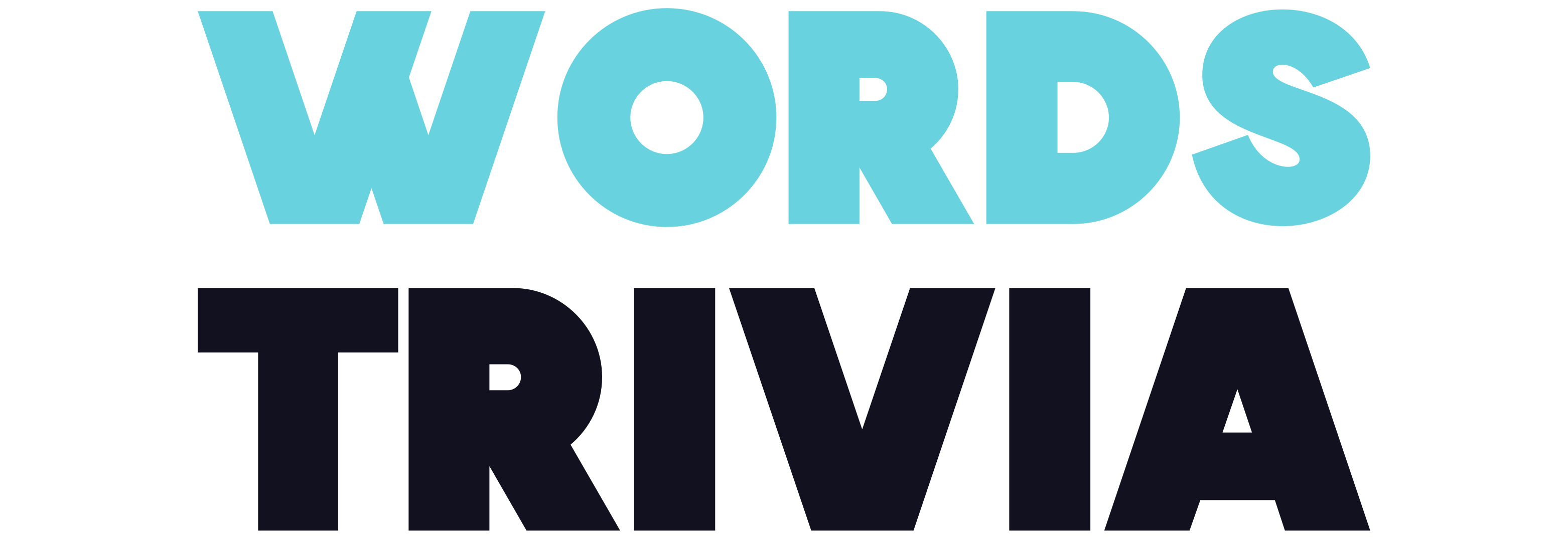Punctuation, the art of clarifying and enhancing writing, is often overlooked in its power to transform a simple sentence into a compelling piece of communication. Understanding how to effectively use commas, dashes, and other punctuation marks can make a significant difference in your writing, whether it be for professional, academic, or personal purposes. In this article, we'll dive into the nuances of these punctuation marks, offering insights and examples to help you master their usage.
The Comma (,)
The comma, perhaps the most common punctuation mark, is used to separate parts of a sentence, ensuring clarity and readability. Its main uses include:
- Separating items in a list:
- Example: "We need eggs, milk, bread, and cheese."
- After introductory words or phrases:
- Example: "Unfortunately, we can't attend the meeting."
- To separate independent clauses when they are joined by conjunctions like and, but, or, nor, for, so, yet:
- Example: "She is talented, but she is very modest."
The Misuse of Commas: The Comma Splice
A common error in using commas is the comma splice, where two independent clauses are incorrectly joined with a comma without a conjunction.
- Incorrect: "It's raining, I forgot my umbrella."
- Correct: "It's raining, and I forgot my umbrella."
The Dash (—)
Dashes are versatile and can add emphasis or introduce additional information in a sentence. They are longer than hyphens and serve different purposes.
- Em Dash (—):
- Used to create a strong break in the structure of a sentence.
- Example: "She was going to confront him—until she changed her mind."
- En Dash (–):
- Often used to indicate ranges, such as dates or numbers.
- Example: "The meeting is scheduled for 10:00 am–11:00 am."
Dashes vs Hyphens
It's crucial to distinguish dashes from hyphens, which are shorter and used to connect words (e.g., well-known, mother-in-law).
Other Punctuation Marks
The Semicolon (;)
The semicolon is used to link independent clauses that are closely related but could stand as sentences on their own.
- Example: "She loves reading; her brother prefers movies."
The Colon (:)
Colons introduce a list, an explanation, or a quotation. They can also follow a statement that introduces a conclusion.
- Example: "He had only one hobby: collecting stamps."
Quotation Marks (" ")
Used to indicate speech or quotations, and titles of short works like articles or poems.
- Example: "She said, 'I'll be there soon.'"
The Question Mark (?) and Exclamation Point (!)
Used at the end of sentences to indicate a question or an exclamation, respectively.
- Question: "Are you coming to the party?"
- Exclamation: "That was amazing!"
Conclusion
Mastering punctuation is not just about following rules; it's about understanding the rhythm and flow of language. Each punctuation mark can change the tone and pace of a sentence, adding clarity, emphasis, or emotion. By practicing and paying attention to how punctuation affects your writing, you can develop a stronger, more effective writing style that accurately conveys your message and engages your readers.
Remember, punctuation is the key to clear communication in writing. As you continue to write and edit your work, keep these guidelines in mind, and you'll find yourself becoming more confident and skilled in the art of punctuation!
